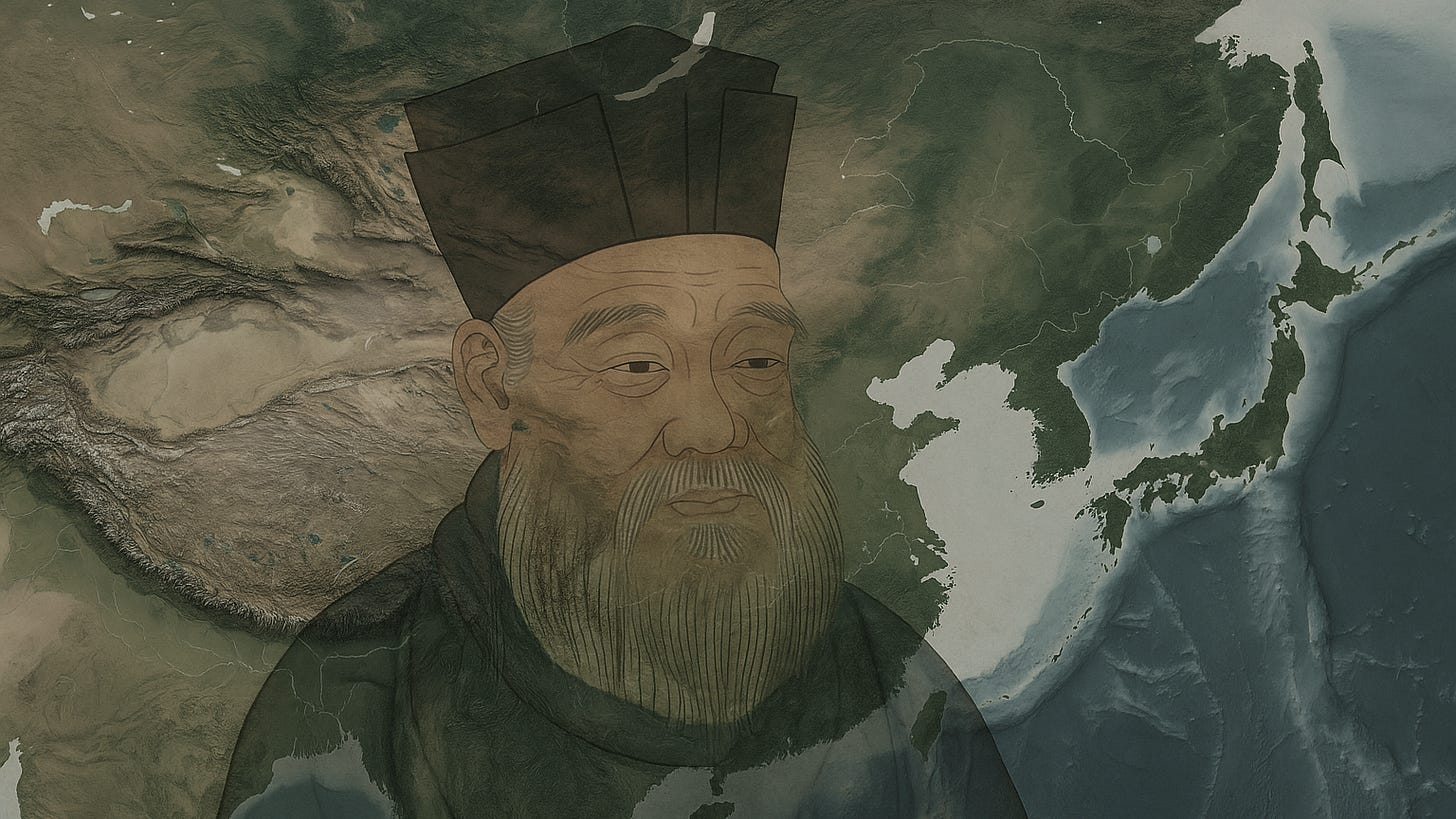Divided East Asia and Governance Models in China and Japan
Origins of China’s Tech-Driven Governance and Japan’s Rejection
Living in Japan, I often wonder how the country, which once led the world in numerous fields, managed to decline so rapidly in such a short span. Born in 1991, I belong to the generation born at the peak of Japan’s bubble economy. Looking back over my 34-year lifetime, I clearly see myself as part of the generation that has fully experienced the rise and fall of contemporary Japan.
There is nothing more challenging than analyzing the era in which one lives. Yet, even as I search my own memories, it’s evident that Japanese people used to be energetic, fairly free, and economically prosperous. However, at a certain point, cracks emerged in the rigid Japanese system, leading to a rapid decline that continues today. From my personal experience, the pivotal moment was the Great East Japan Earthquake of 2011, a direct extension from the collapse of the bubble economy. Fourteen years have passed since then, but today’s Japan has lost its former vitality and freedom, gradually descending into poverty. Both I and those around me are surprised and disturbed by the tangible impoverishment of Japanese society.
Generally speaking, when a nation reaches this state, significant social upheaval usually occurs. Yet strangely, Japan has not witnessed any major social change. Instead, the country remains uniformly stagnant, without substantial polarization, and despite completely dysfunctional national governance, somehow continues to effectively manage over 100 million citizens. This situation cannot merely be attributed to an ultra-aging society; I believe it involves the collective mental structure of the Japanese people. Historically, China has had the deepest relationship with Japan, yet, in stark contrast, modern China is aggressively incorporating cutting-edge technology into its governance structure more than any other nation. Setting aside debates about right or wrong, this naturally raises the question: Why did Japan fail to adopt such a technological governance approach?
This aspect forms the basis of what I term “Japan’s lack of need for governance through advanced technology,” and my reflections on this subject emphasize a unique spiritual dimension. In other words, China originally should have been capable of similar governance methods. However, the situation drastically changed, forcing China into comprehensive population management through cutting-edge technology to maintain its status as a great power. Viewing this scenario as “Japan’s lack of need for governance through advanced technology” versus “China’s necessity for governance through advanced technology,” one can discern two major diverging currents emerging in East Asia. Conversely, this implies that China’s inherent spiritual governance capacity may already be dysfunctional, revealing a fundamental cause behind China’s decline. This is precisely the point I wish to emphasize.



